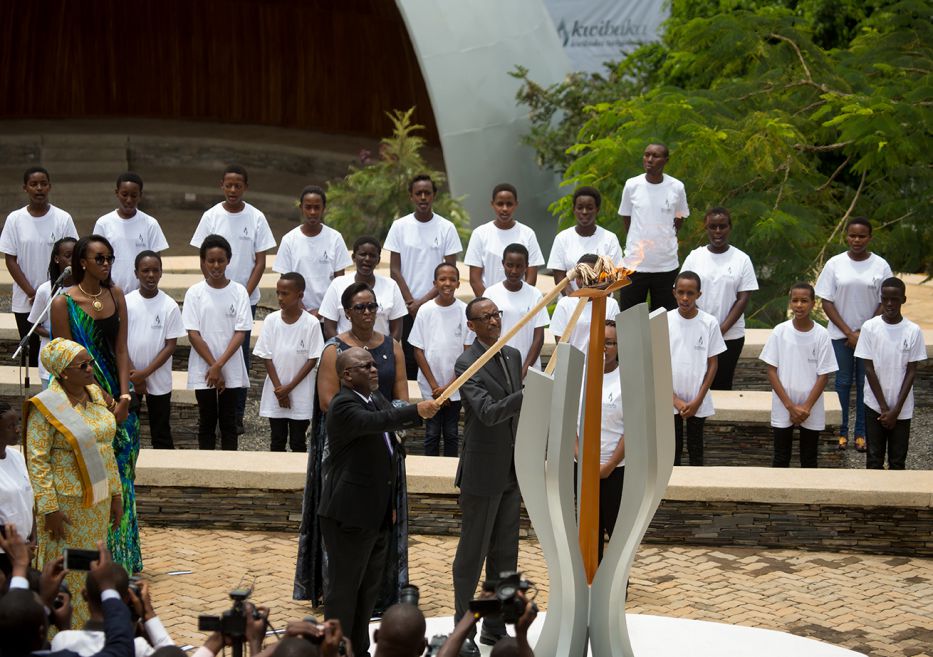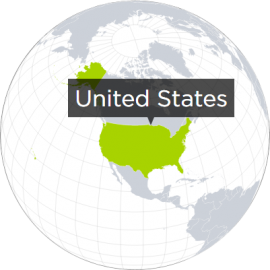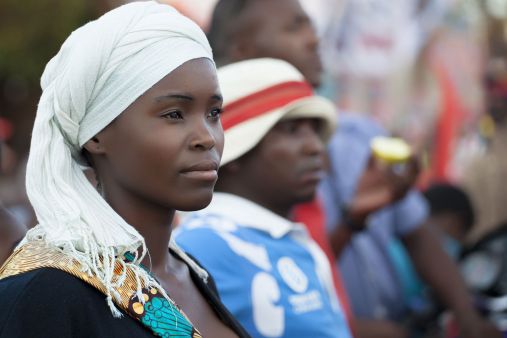Syria and South Sudan stand out consistently as amongst the most conflict-affected nations, recording some of the starkest deteriorations over the course of both the past 12 months and the past decade. In Syria, death rates from two-sided conflicts now stand at 1,400 per 1 million population, while in South Sudan, 20% of the population are refugees and a further 13% have been displaced by the on-going conflict.
Safety & Security Spotlight: The potential of post-conflict reconciliation

Over the past decade, global Safety and Security has stagnated. However, the rate of deaths from two-sided conflicts stands at two-and-a-half times higher than it was in 2010. In the two most impacted regions of the world — the Middle East and North Africa and sub-Saharan Africa — the trend of growing insecurity has been driven by a rise in both Terrorism and War and Civil Conflict. Twelve out of 19 countries in the Middle East and North Africa and 28 out of 49 in sub-Saharan Africa have experienced a deterioration in War and Civil Conflict over the past decade, with both regions also witnessing the world’s highest levels of internal displacement caused by conflict
Over the past decade, global Safety and Security has stagnated. However, the rate of deaths from two-sided conflicts stands at two-and-a-half times higher than it was in 2010. In the two most impacted regions of the world — the Middle East and North Africa and sub-Saharan Africa — the trend of growing insecurity has been driven by a rise in both Terrorism and War and Civil Conflict. Twelve out of 19 countries in the Middle East and North Africa and 28 out of 49 in sub-Saharan Africa have experienced a deterioration in War and Civil Conflict over the past decade, with both regions also witnessing the world’s highest levels of internal displacement caused by conflict
With peace arguably the ultimate precondition for prosperity, the ongoing prevalence of civil wars requires us to reconsider the role of reconciliation, and the importance of acknowledging and addressing trauma in achieving lasting peace. Research conducted by the Legatum Institute has highlighted the success seen in several post-conflict nations in adopting a pragmatic approach to transitional justice, exemplified by Rwanda’s Gacaca courts.
The sheer scale of Rwanda’s 1994 genocide presented a significant challenge in delivering justice. The genocide left an estimated 800,000 people dead, killing up to 70% of the minority Tutsi population, and reducing the total Rwandan population by as much as 10%. The challenge of reconciliation was profound, with around a quarter of the population either participating in the violence or a victim of it.
The mandate of the International Criminal Tribunal for Rwanda (ICTR), located in neighbouring Tanzania, was to prosecute the ‘serious violations of international criminal law’ that occurred during the genocide. However, perhaps inevitably, the ICTR could address only the most egregious cases. In its fifteen years of operating, it sentenced just sixty-one individuals, at a cost of over $1 billion. Furthermore, by 2000, Rwanda’s established courts had heard less than 3% of the genocide cases, resulting in severe overcrowding in prisons, with an estimated 90% of defendants spending two or more years detained without trial.
In response to the widespread need for justice, in 2001, the Rwandan government initiated a programme of community courts, known as Gacaca. The word derives from Kinyarwanda meaning ‘grass’ in reference to the conducting of hearings in open spaces in front of the community. The programme fast became the centrepiece of the Rwandan government’s reconciliation agenda, codified in legislation that emphasised their purpose as not only providing punishment, but also reconstituting Rwandan society.
The courts comprised an innovative approach to addressing the scale of crimes committed during the genocide. Between 2004 and 2012, more than 13,000 courts prosecuted more than two million crimes relating to the genocide, trying over one million alleged perpetrators.
Adopting a hybrid justice mechanism, they were empowered to impose criminal sanctions whilst prioritising reconciliation. Crucially, they represented a means of participatory justice for the Rwandan population. As such, the courts succeeded in creating opportunities across local communities for public dialogue, especially between victims and perpetrators.
The inception of the Gacaca system was essential in enabling Rwanda to move on from the genocide. In addition to helping address the sheer number of cases that resulted from the genocide, their inclusive nature made the process of post-conflict justice of immediate relevance to the Rwandan population, helping to assuage ethnic tensions between Hutu and Tutsi communities
Did you know?
The economic impact of worldwide violence and conflict has been estimated to be $14.4 trillion each year. This figure equates to 10.5 % of the global gross domestic product (GDP) or $1,895 per person.





